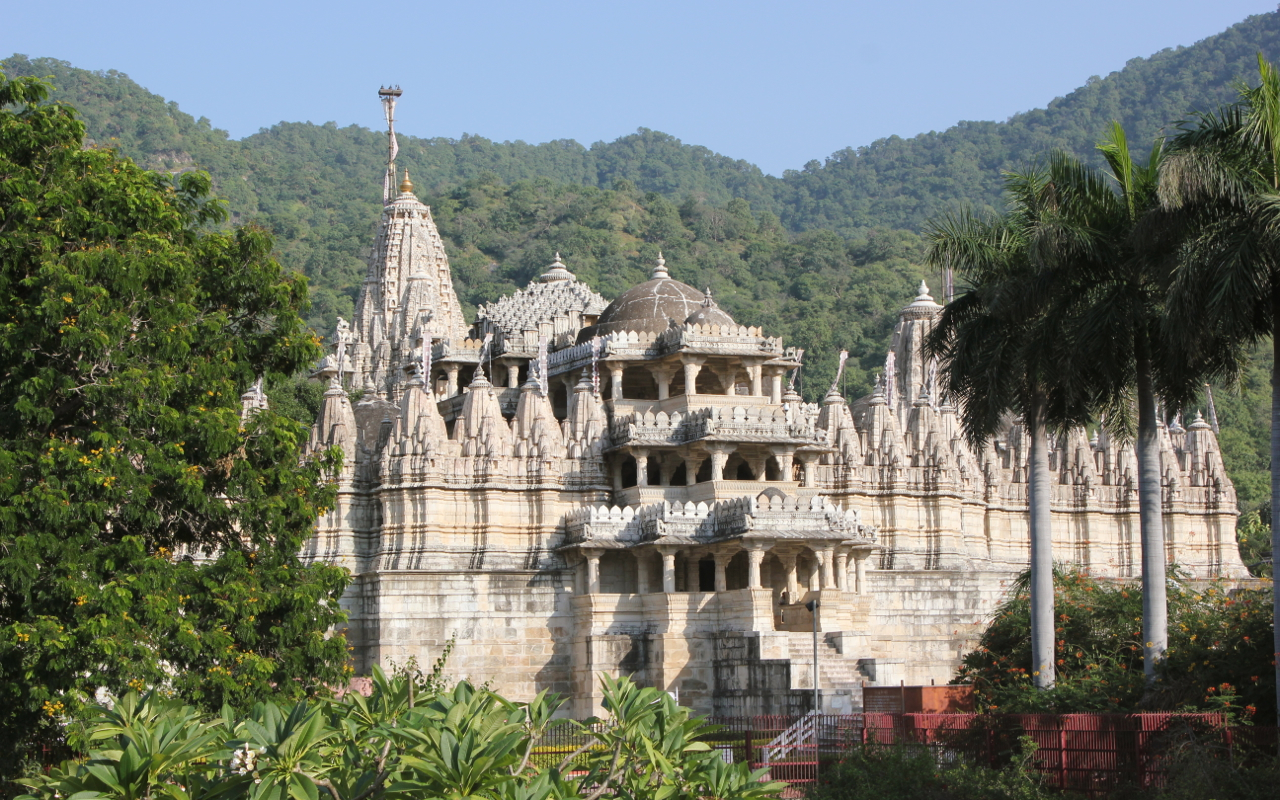The Ujjayanta Palace stands as a magnificent testament to the rich and intricate history of Tripura's Manikya dynasty. Located in the heart of Agartala, this architectural marvel has witnessed centuries of royal narratives, cultural transformations, and significant political transitions. The palace's origins trace back to 1862, when King Ishan Chandra Manikya first constructed a royal residence, which was unfortunately devastated by the 1897 Assam earthquake.
Commissioned by Maharaja Radha Kishore Manikya in 1899 and completed in 1901, the current structure bears the poetic name "Ujjayanta" bestowed by Nobel Laureate Rabindranath Tagore. This name symbolizes the might and enduring spirit of the Manikya royal lineage, one of India's oldest continuously reigning dynasties. The palace served as the principal royal residence until Tripura's integration with the Indian Union in October 1949, hosting numerous significant ceremonies including the Jubaraji, the traditional royal lineage naming ritual.
The architectural brilliance of Ujjayanta Palace reflects a remarkable fusion of Mughal, British, and traditional Indian design elements. Designed by Sir Alexander Martin of the Martin and Burn Company, the structure seamlessly blends diverse architectural influences, creating a visual narrative of cultural synthesis. The palace grounds are adorned with several Hindu temples dedicated to deities like Lakshmi Narayan, Uma-Maheshwari, Durga, and Jagannath, further enhancing its cultural and spiritual significance.
Maharaja Bir Bikram Kishore Debbarman Manikya, the last reigning monarch of Tripura, played a crucial role in the state's historical trajectory. Following his untimely death before India's Independence, his wife Maharani Kanchan Prava Devi assumed regency, navigating complex court dynamics and ultimately signing the Instrument of Accession with India. Her diplomatic acumen was instrumental in integrating Tripura into the newly independent nation, marking a significant chapter in the state's political evolution.
The palace harbors fascinating legends that transcend mere architectural beauty. According to local narratives, the Ivory Throne housed within its walls was purportedly gifted by the Pandavas, connecting the royal lineage to the epic Mahabharata. This mythical connection underscores the deep cultural and traditional importance embedded in every corner of the palace, transforming it from a mere structure to a living repository of historical memories.
In recent decades, the Ujjayanta Palace has transitioned from a royal residence to a significant public institution. Purchased by the Government of Tripura in 1972-73, it served as the state Legislative Assembly until 2011. Today, it functions as the State Museum and State Archives, offering visitors an immersive journey through Tripura's rich cultural heritage. Extensive restoration efforts, including seismic retrofitting and careful preservation, have ensured that the palace remains a vibrant testament to the region's historical narrative.
The palace's modern incarnation as a museum represents a thoughtful balance between preserving historical integrity and making heritage accessible to the public. Inaugurated as a state museum in 2013, it underwent careful deliberations about its nomenclature, ultimately retaining its original name following input from the public and the royal family. The 2023 restorations further demonstrate a committed approach to maintaining this architectural and cultural landmark for future generations.
Beyond its physical structure, the Ujjayanta Palace embodies the complex socio-political landscape of Tripura during the transition from princely state to an integral part of independent India. It stands not just as a building, but as a living narrative of cultural resilience, political negotiation, and the delicate art of preserving heritage in a rapidly changing world. For historians, architecture enthusiasts, and cultural explorers, the palace offers an unparalleled window into the nuanced history of this remarkable northeastern state.




